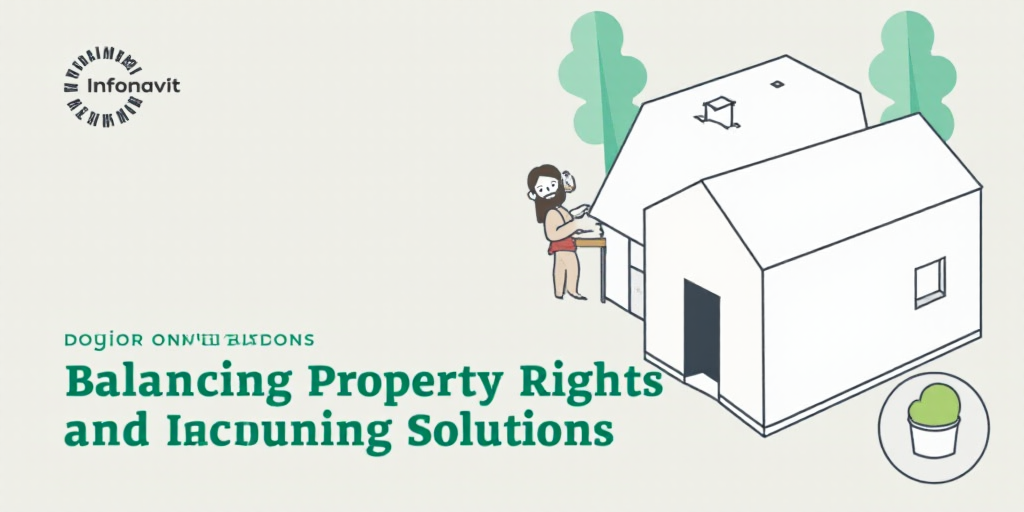Background on Infonavit
Infonavit, Mexico’s National Housing Fund, has been at the center of a heated debate concerning potential threats to private property rights. The organization, under the leadership of Director Octavio Romero Oropeza, has proposed a controversial plan to offer rent-to-own agreements to non-beneficiary occupiers.
This proposal has sparked concerns that it may legitimize the illegal occupation of private properties. In response, Mexico’s President Claudia Sheinbaum and the Secretary of the Interior have both affirmed their commitment to safeguarding the property rights of Infonavit beneficiaries.
Infonavit’s Evolution and Challenges
Established in 1972, Infonavit initially focused on financing horizontal residential development (single-family homes) in urban peripheries, offering affordable housing options. However, these developments often lacked essential services and were located far from work centers.
By the 1990s and early 2000s, Infonavit shifted from direct construction to a housing finance fund. The organization also promoted vertical residential development. During the administrations of Vicente Fox, Felipe Calderón, and Enrique Peña Nieto, Infonavit financed extensive housing development in remote areas. Under Andrés Manuel López Obrador, the organization underwent two reforms to provide direct credits, self-construction options, inclusion of independent workers, and a social rental scheme.
These reforms resulted in 2.4 million credits issued and 1 million credit restructurings, along with an increase in reserves to 800 billion pesos. However, the delinquency rate rose to 18.94% in 2024, and there were 145,000 reported cases of irregular occupation.
Infonavit inherited 4.8 million unpaid credits, with Director Octavio Romero Oropeza identifying the issue’s roots in corruption during neoliberal governments. He reported that 843,000 housing units were “troubled,” meaning abandoned, vandalized, or occupied illegally.
Business Sector’s Opposition
A coalition of business organizations, including Coparmex, Concamin, Canaco Ciudad de Mexico, Comce, Amib, and Cenet, has rejected Infonavit’s plan to regularize occupiers. They argue that this move undermines property rights and weakens legal certainty in Mexico.
These organizations warn that legitimizing unauthorized occupation normalizes it as a means of accessing housing. They also criticize Infonavit’s management, citing deteriorating credit quality since 2015, with the moratorium policy on evictions of delinquent payers exacerbating the situation.
The delinquency rate soared from 7.8% in 2018 to over 18% in 2024, with one-third of Infonavit’s credits in default. Business leaders have issued a public statement, urging the government to abandon plans that reward illegal housing takeovers.
Key Questions and Answers
- What is Infonavit? Infonavit is Mexico’s National Housing Fund, established in 1972 to finance affordable housing development.
- Why is Infonavit in the spotlight? Infonavit is facing controversy due to a proposed rent-to-own plan for non-beneficiary occupiers, raising concerns about legitimizing illegal property occupation.
- Who opposes Infonavit’s plan? Business organizations, including Coparmex, Concamin, Canaco Ciudad de Mexico, Comce, Amib, and Cenet, have rejected Infonavit’s plan to regularize occupiers.
- What are the challenges Infonavit faces? Infonavit has inherited a significant number of unpaid credits and faces criticism for deteriorating credit quality, with a rising delinquency rate and concerns about the normalization of illegal housing occupation.






